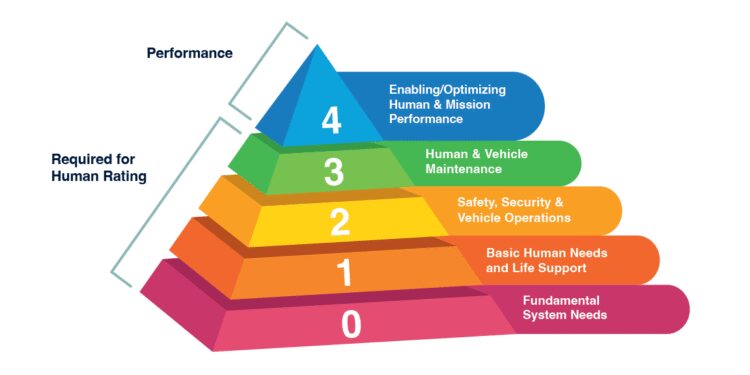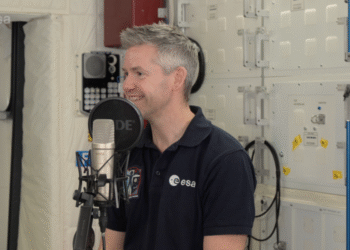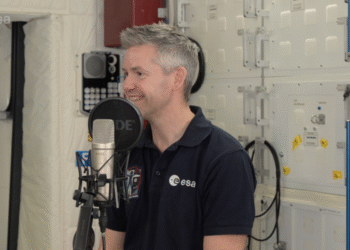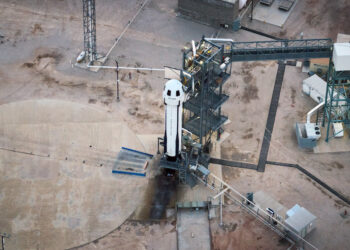NASA’s human-rating standards are crucial for ensuring the safety and mission success of spacecraft intended to carry humans. The process of human-rating a spacecraft involves evaluating and designing space systems to support human life, prevent fatal failures, and safeguard the operation of the mission.
Key Elements of Human-Rating
The primary elements in NASA’s human-rating process include:
- Mission Assurance Requirements: Developing systems that can meet specific safety targets which ensure mission success.
- Quality Design: Ensuring that systems are built considering the unique aspects of human spaceflight.
- Operational Performance: Systems must maintain a consistent performance standard during all mission phases.
Design Principles
To meet human-rating standards, the design principles involve:
- Redundancy: Critical systems need backups to maintain function in case of primary system failure.
- Fail Safety: Systems must be designed to default to a safe mode if a failure occurs.
- Survivability: There must be provisions ensuring crew survival in the face of any credible threats.
Importance
Human-rating is a fundamental aspect of NASA’s policy because it ensures that spacecraft can handle the unique challenges of space travel. These standards not only protect astronauts but also enhance the reliability and efficiency of space missions.
For more detailed information, you can visit the official NASA page.






















